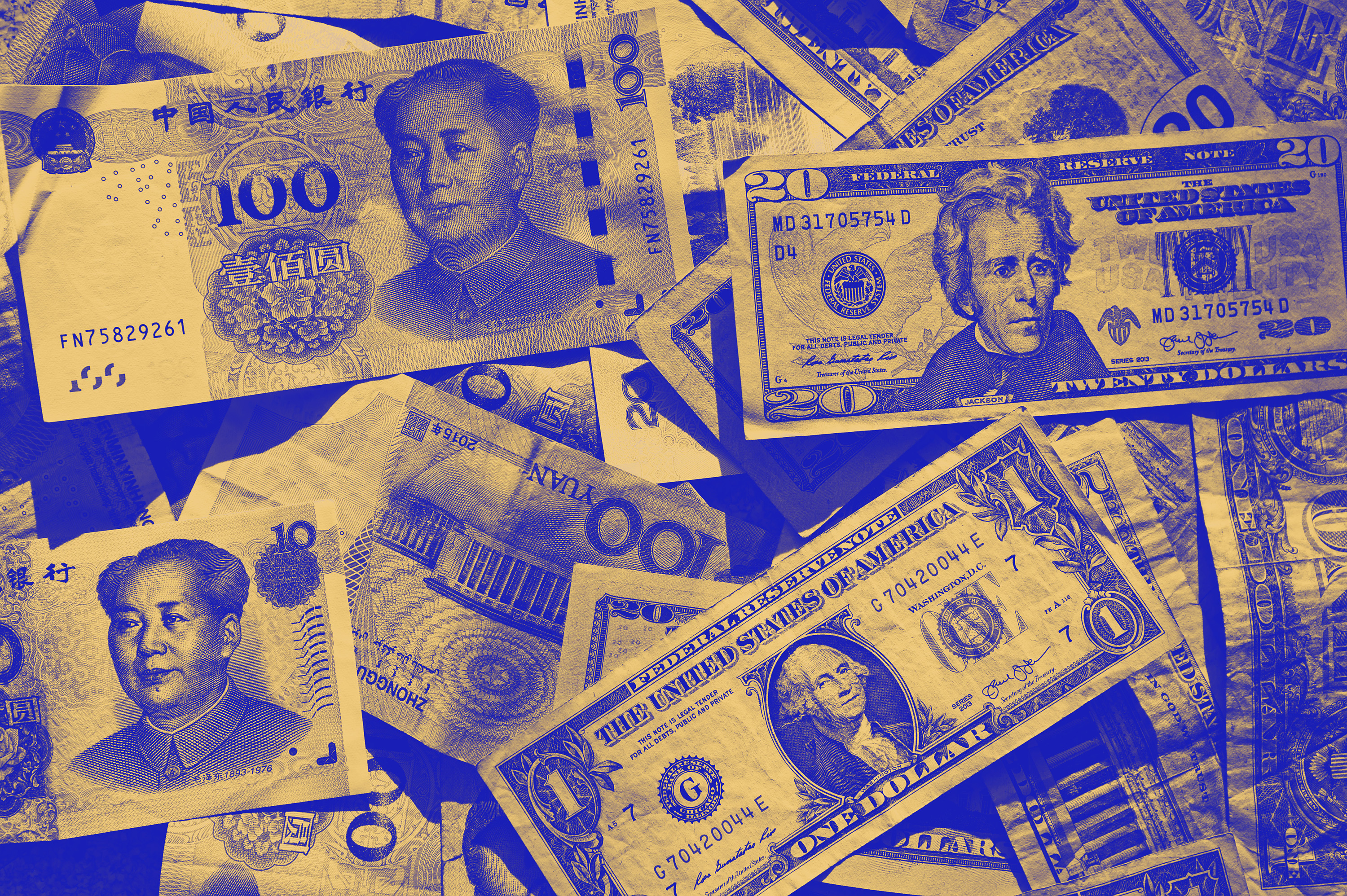No, coronavirus is not a good argument for quitting cash

When the central banks in China, South Korea, and the US decided to “quarantine” potentially contaminated cash amid the outbreak of Covid-19, the implication seemed clear: paper money must be capable of spreading the disease. Right?
If that’s true, it also seems like a straightforward argument for finally going cashless. Digital payments firms, a number of merchants, and even some policymakers have been pushing to move away from notes and coins in the name of convenience and cost. Reducing the risk of spreading disease would be another rationale.
More on coronavirus
Our most essential coverage of covid-19 is free, including:
How does the coronavirus work?
What are the potential treatments?
What's the right way to do social distancing?
Other frequently asked questions about coronavirus
---
Newsletter: Coronavirus Tech Report
Zoom show: Radio Corona
See also:
Please click here to subscribe and support our non-profit journalism.
Lihui Li, a former president of the state-owned Bank of China, recently argued that in light of the epidemic China’s central bank should speed the release of its planned digital currency, which is supposed to replace physical cash. Then last week, when asked about whether cash could spread coronavirus, a spokesman from the World Health Organization apparently told the UK newspaper the Daily Telegraph that “it’s a good idea to use contactless payments” when possible. (Later, the WHO clarified that this was not actually coronavirus-specific guidance, and that it has not issued any official warnings about cash.)
But the truth is, there isn’t much evidence that quitting cash would make a difference, at least in the case of Covid-19. It would, however, have significant consequences for the many people who rely on cash for access to goods and services—and that may help explain why the WHO was so quick to walk back the line about contactless payments.
Here’s what we know: Infectious viruses, including other coronavirus varieties, can live on inanimate surfaces (pdf) including metal, paper, and plastic for hours to days. Preliminary research indicates that the novel coronavirus can survive on cardboard for a full day, and on steel and plastic for up to three days. And laboratory-based simulations have shown (pdf) that other kinds of viruses can not only live on banknotes and coins for days but also maintain their infectiousness.
But it’s not enough for the germ to survive on an inanimate surface. For virus particles on a dollar bill to infect a human, they must follow the “primary route of infection,” says Joseph Eisenberg, a professor of epidemiology at the University of Michigan. For Covid-19, it appears that people become infected by inhaling particles someone else has coughed or sneezed into the air, or by contacting a virus particle with their hand and then touching their eyes, nose, or mouth. What we don’t know, says Eisenberg, is how capable this virus is of being transmitted to humans from inanimate surfaces of any kind.
Says the US Centers for Disease Control: “It may be possible that a person can get Covid-19 by touching a surface or object that has the virus on it and then touching their own mouth, nose, or possibly their eyes, but this is not thought to be the main way the virus spreads.”
But that message hasn’t quelled fears of “virus-tainted” dollars, perhaps spurred in part by the central banks’ quarantines. According to Bloomberg, the Fed has resisted calls from industry groups to issue a statement assuring Americans that the risk of using cash is minimal.
In fact, we don’t have any evidence that money in any form has ever been a source of any kind of infection, says Marilyn Roberts, a microbiologist at the University of Washington School of Public Health. And given the way it appears that Covid-19 is transmitted, she argues, focusing on money misses a more important point: “Are you in a crowded theater? Are you in a restaurant? Are you in a Costco? You’re more likely to pick up Covid-19 from people exposure than from the type of payment.”
Roberts compares the central banks’ quarantining of cash to a Seattle-area fast food chain’s request that customers stop paying with cash during the outbreak. There is little evidence to suggest that either measure is protective against the spread of the disease. In the case of the restaurant, a glass barrier between the cashier and the customer would be more protective, she says: “I think focusing on money or how we pay for things is the wrong message, frankly.”
Keep Reading
Most Popular
Large language models can do jaw-dropping things. But nobody knows exactly why.
And that's a problem. Figuring it out is one of the biggest scientific puzzles of our time and a crucial step towards controlling more powerful future models.
How scientists traced a mysterious covid case back to six toilets
When wastewater surveillance turns into a hunt for a single infected individual, the ethics get tricky.
The problem with plug-in hybrids? Their drivers.
Plug-in hybrids are often sold as a transition to EVs, but new data from Europe shows we’re still underestimating the emissions they produce.
Google DeepMind’s new generative model makes Super Mario–like games from scratch
Genie learns how to control games by watching hours and hours of video. It could help train next-gen robots too.
Stay connected
Get the latest updates from
MIT Technology Review
Discover special offers, top stories, upcoming events, and more.